32 of the most common illnesses dogs get
Keeping our dogs healthy and flourishing is a priority, but it helps if we know which are the most common illnesses dogs get, so that we can recognize the signs and seek some help

These are the most common illnesses dogs get because, like humans, our furry friends can suffer from a wide range, spanning from infectious diseases to chronic conditions. Infectious diseases such as parvovirus, distemper and leptospirosis can pose significant threats to a dog’s health. Parasitic infestations, including fleas, ticks, and intestinal worms, are common as well. Chronic conditions like arthritis, diabetes, and certain types of cancers are also prevalent in dogs. Breed-specific health issues also highlight the importance of understanding your particular dog.
Preventing – and treating – these illnesses involves a multi-faceted approach. Regular veterinary check-ups are essential to monitor a dog’s overall health and catch potential issues early. Vaccinations are crucial in preventing infectious diseases, and parasite prevention through regular use of the best flea treatments for dogs is paramount. A balanced diet, regular exercise, and maintaining a healthy weight contribute to a robust immune system and overall well-being.
Additionally, providing a clean and safe environment, practicing good hygiene, and avoiding exposure to toxins are vital components of disease prevention in dogs. Being aware of what potential illnesses are prevalent in the canine population can help us jump straight on top of any issues and treat early.
Let’s take a look at some of the most common problems.
Most common illnesses dogs get
1. Ear infections

Ear infections are relatively common in dogs, with certain breeds being more prone to them due to factors like ear anatomy, hair growth in the ear canal, and underlying skin conditions. Breeds with drop ears, such as cocker spaniels and basset hounds, are particularly susceptible.
Ear infections can arise from various causes, including bacterial or yeast overgrowth, allergies, foreign bodies, or hormonal imbalances. Moisture, trapped in the ear canal after swimming or bathing, can create a favorable environment for microbial growth. Dogs with allergies may also experience inflammation in the ear, making them more susceptible to infections.
If you see your dog scratching a lot, rubbing his ears, head shaking, or if there is any redness or swelling in the ear canal, or a foul smell of discharge, seek veterinary attention.
Get the best advice, tips and top tech for your beloved Pets
2. Allergies

Allergies in dogs often manifest themselves on the skin. Environmental allergies, such as pollen or dust mites, can lead to itching, redness and irritation.
Food allergies – usually to a certain protein or grain – may also result in itching and skin inflammation, as well as an upset stomach.
Fleas can contribute to skin problems too as some dogs are hypersensitive to flea saliva.
3. Fleas and ticks

Biting insects such as fleas and ticks can have a very nasty effect on your dog’s health and well-being.
Fleas cause intense itching and irritation as well as allergic reactions in some dogs due to the fleas’ saliva. It’s essential to know how to get rid of fleas because if the infestation is allowed to multiply, it can lead to hair loss, hot spots, and even anemia.
Ticks have a different effect, as they can transmit various diseases – some serious – through the blood that they suck, such as Lyme disease. They are very common in certain areas, for example forests.
Both fleas and ticks can be prevented with a parasite preventative.
4. Gastrointestinal upset
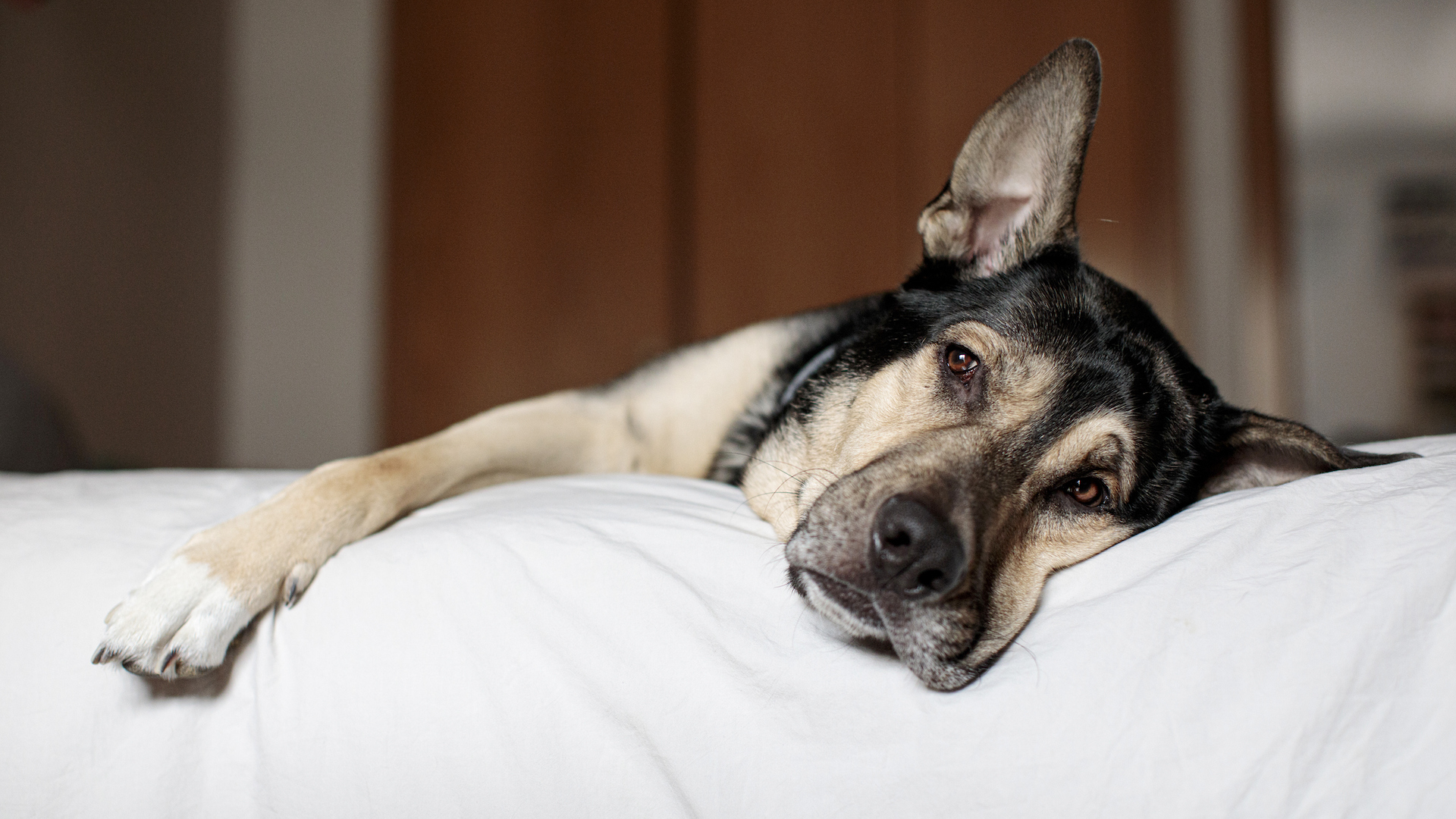
All dogs suffer a stomach upset now and then. Some dogs have indiscriminate eating habits, and going through the contents of the trash can, with moldy and sometimes toxic food, can cause gastrointestinal issues.
Some dogs have allergies that cause sore bellies, while others may have a sensitive stomach due to stress, including separation anxiety.
Symptoms include vomiting and diarrhea, abdominal pain, lethargy, and loss of appetite. If the problem does not clear up quickly, consult your vet.
5. Arthritis

Joint pain in dogs is a common complaint, particularly in more senior dogs, large breeds, and those with a genetic predisposition.
Dogs suffering from arthritis will be stiff or lame, and find it difficult to get up and lie down, to climb stairs, or to jump into the car. Sometimes the joints will be swollen.
A balanced diet that keeps dog at a healthy weight, is essential. There are also joint supplements and anti-inflammatories to alleviate the pain. Moderate exercise is usually helpful to keep the joints moving and maintain muscle strength.
6. Periodontitis

This is a very common disease in dogs when the gums are inflamed and infected and pull away from the tooth surface, allowing even more bacteria in. This can lead to tooth loss. It starts with plaque and tartar build-up, leading to gingivitis and progressing to periodontitis.
Learning how to brush a dog’s teeth is vital to prevent gum disease, which should be done daily, according to a study on the effect of frequency of teeth brushing published in the Journal of Veterinary Dentistry.
7. Obesity

According to the Association for Pet Obesity Prevention, 59% of dogs in America are classified as overweight or obese, making it a very common problem.
Factors such as a sedentary lifestyle, improper diet, lack of exercise, and certain medical conditions contribute to this prevalence. Maintaining a healthy weight is crucial for a dog’s overall well-being, as obesity can lead to various health problems, including arthritis, diabetes, and cardiovascular issues.
8. Bladder infections

Bladder, or urinary tract infections (UTIs) are a relatively common problem in dogs, particularly bitches, according to the Cornell University College of Veterinary Medicine.
Take note if your dog is straining to urinate or passing very small amounts, frequently. Or if the urine smells foul, contains blood, or your dog is constantly licking his or her genitals.
A course of antibiotics is required to treat this infection.
9. Cancer

Cancer is relatively common in dogs, with around one in three dogs suffering. According to a 2017 study on canine cancer incidence by BMC Veterinary Research female dogs and pure breeds are more likely to be affected.
Common types of cancer in dogs include lymphoma, mast cell tumors, osteosarcoma, and mammary gland tumors.
According to the study population, the Yorkshire Terrier and boxer were most likely to get cancer.
10. Heartworm disease
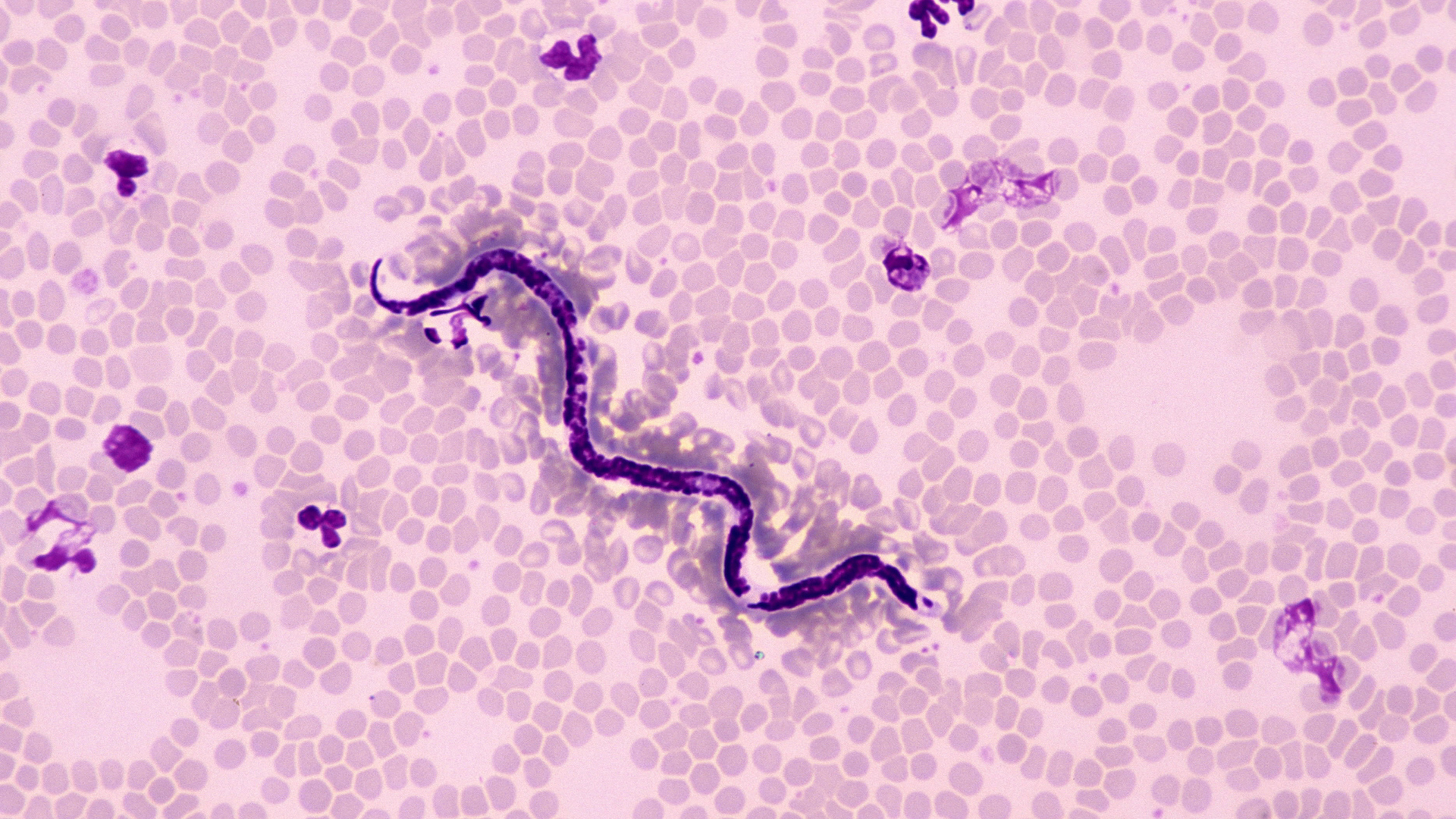
Most dogs are highly susceptible to heartworm infection (or dirofilariasis), which is a potentially fatal disease, caused by a blood-borne parasite. It is especially common where the mosquito population is prevalent as it is transmitted through mosquito bites, and the heartworms find their way to the heart and adjacent blood vessels.
It usually takes years before the dog starts to show symptoms, by which time there is chronic inflammation in the pulmonary arteries, ultimately leading to heart failure.
Clinical signs are a soft, dry cough, shortness of breath, weakness, listlessness, and loss of stamina.
There are heartworm preventatives available, meaning dogs should not have to suffer this horrible disease.
11. Cushing’s disease

Cushing’s disease, or hyperadrenocorticism, is a relatively common endocrine disorder in dogs, and the prevalence increases with age. The condition arises when the adrenal glands overproduce cortisol, a steroid hormone.
Common signs of Cushing's disease in dogs include increased thirst and urination, weight gain, muscle weakness, lethargy, and changes in coat quality.
Most dogs can be successfully treated with few side effects, according to VCA Animal Hospital, although the disease cannot be cured.
12. Hypothyroidism
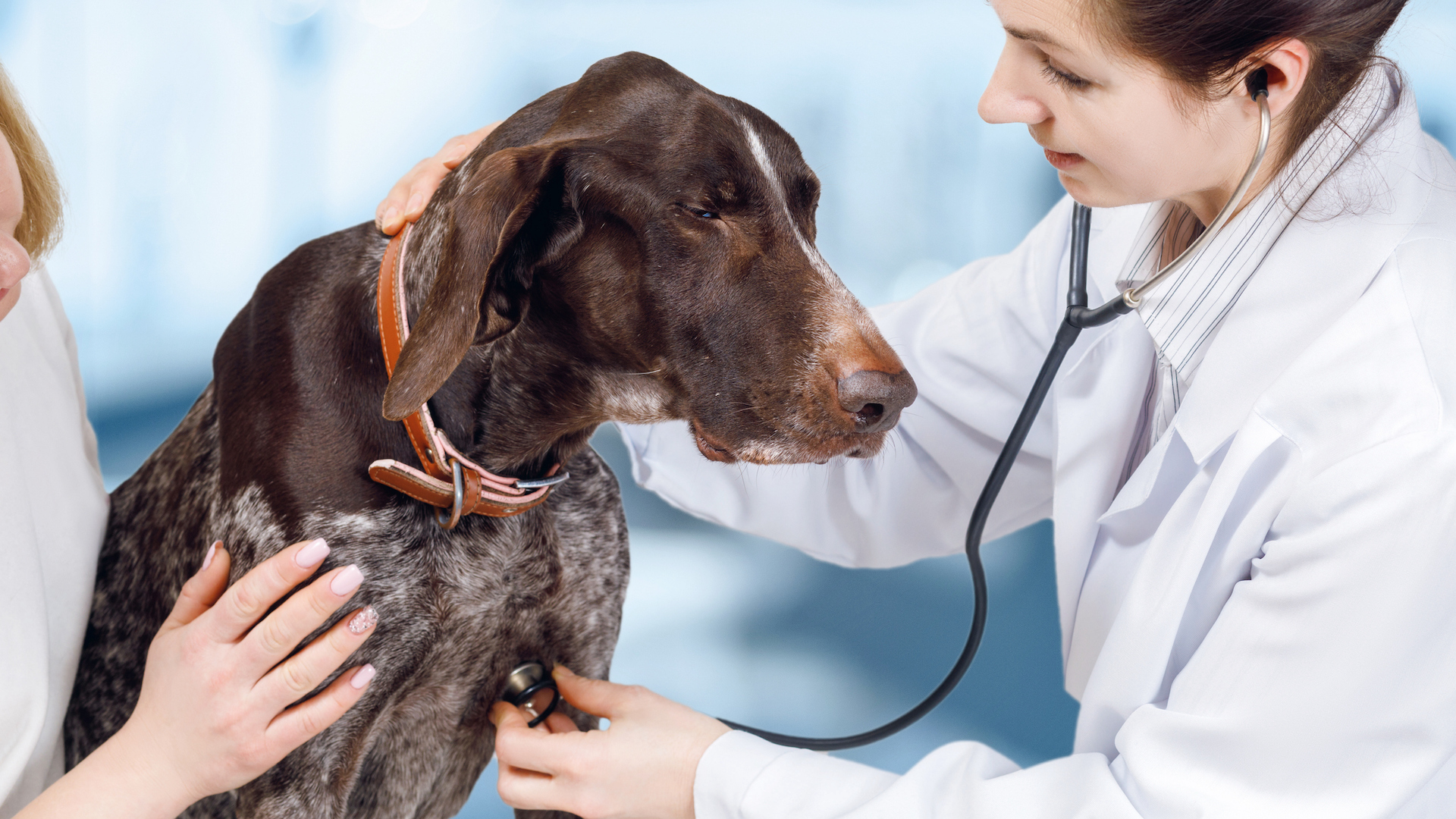
Hypothyroidism in dogs is a relatively common endocrine disorder, particularly in certain breeds, such as the golden retriever, Doberman Pinscher, Labrador Retriever, and dachshund.
It occurs when the thyroid gland doesn't produce enough thyroid hormones, leading to various metabolic imbalances.
Symptoms of hypothyroidism in dogs include weight gain, lethargy, hair loss, skin issues, and changes in behavior.
13. Diabetes mellitus

Diabetes mellitus is more common in older dogs, though it can occur in younger or pregnant dogs as well. Overweight or obese dogs are also more at risk. It affects around one in 300 dogs according to a journal done by Diabetologia.
The disease causes a dog’s blood sugar levels to rise too high, and if left untreated, can be life-threatening.
Certain breeds are more at risk, including miniature poodles and schnauzers, bichon frises, pugs, dachshunds, various terrier breeds, and beagles.
Look out for increased thirst, excessive urination, weight loss, increased appetite, and lethargy and consult your vet.
14. Kennel cough
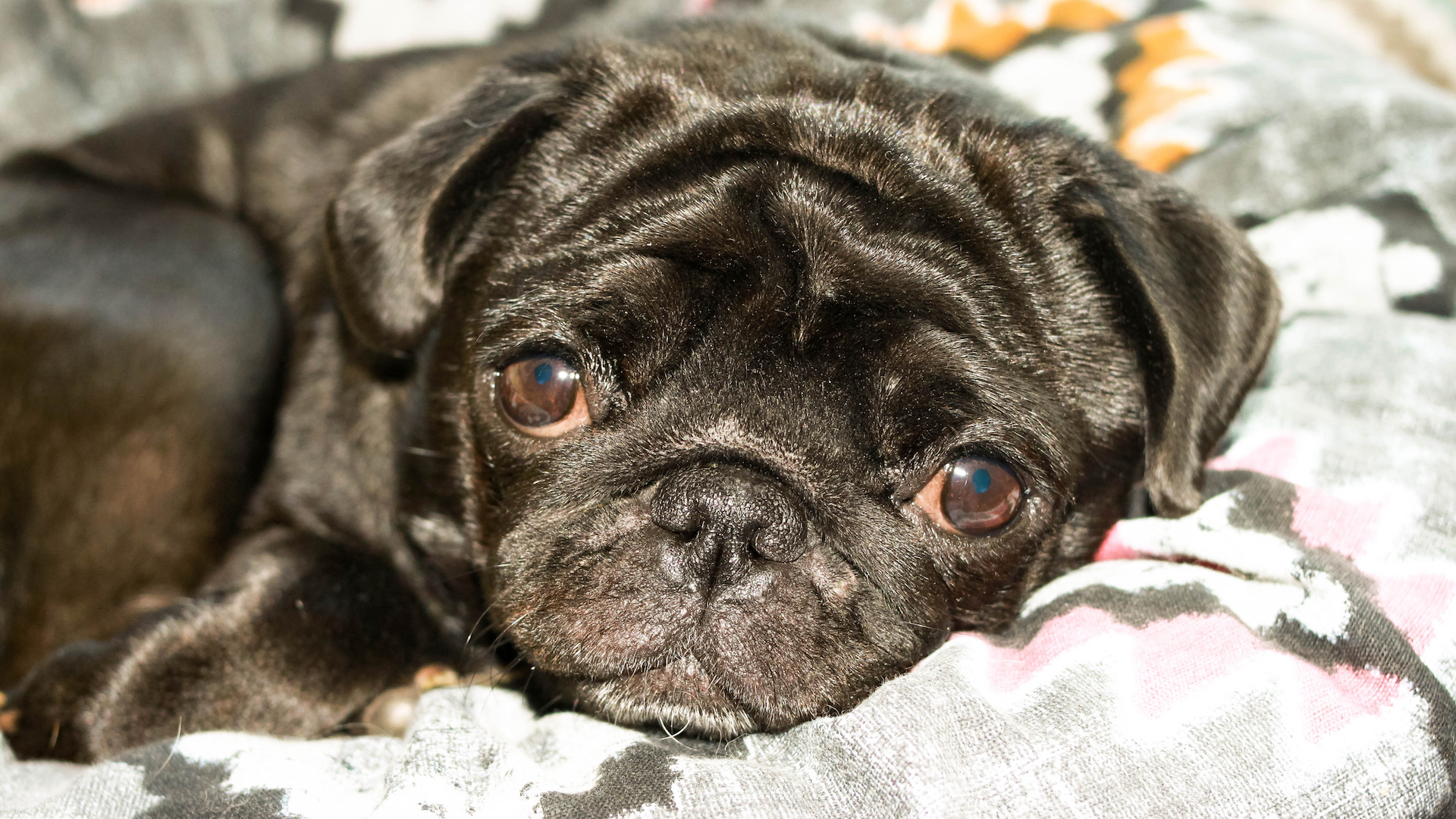
Although kennel cough is generally a mild illness, it is a highly contagious respiratory disease caused by a combination of viruses and bacteria. It is particularly common in boarding facilities, animal shelters and grooming salons where dogs are in close contact with one another, hence why many facilities require vaccination.
Symptoms include a persistent, dry cough, nasal discharge, sneezing and lethargy.
To learn more, read our feature that answers, 'Can dogs get a cold or flu?'
15. Parvovirus

Most pet dogs are vaccinated against parvovirus, which is a highly contagious viral disease particularly affecting puppies. It primarily attacks the gastrointestinal tract and can lead to severe vomiting, diarrhea, lethargy, and dehydration – sometimes with deadly consequences.
Dogs are most vulnerable between the ages of six weeks and six months, especially before they have received all three shots of their vaccination series, so new dog owners should find out all they need to know about parvo in puppies.
16. Rabies

An extremely serious, often fatal, viral disease affecting the central nervous system – which can also cause deadly disease in humans. Once clinical signs of rabies appear (fever, hyperactivity, aggression, drooling, then weakness, and paralysis), the disease is almost always fatal.
In some countries, such as the UK, rabies is non-existent thanks to strict vaccination and quarantine controls. However, in many parts of the world, including the US, rabies is present to some degree, especially in areas with stray dogs. Vaccination and public health initiatives are crucial in keeping prevalence low. So knowing how often dogs need rabies shot is vital.
17. Canine distemper

A contagious viral disease that can be minimized by high vaccination rates. Canine distemper affects dogs, and also other animals such as raccoons, skunks, ferrets, and foxes. Distemper in dogs is common in areas with low vaccination rates and stray dogs.
Symptoms include diarrhea, vomiting, nasal and eye discharge, and neurological signs such as ataxia, seizures, and paralysis. The disease can be severe and often fatal, especially in puppies and dogs with weakened immune systems. It affects multiple organs, including the respiratory, gastrointestinal, and central nervous systems.
18. Leptospirosis

Leptospirosis is caused by the leptospira bacteria, and symptoms include fever, lethargy, vomiting and jaundice, which can lead to severe kidney and liver damage.
It is more common in warm and humid climates, which allow the bacteria to thrive, particularly in contaminated water, soil or urine.
Vaccination is recommended and in areas with high vaccination rates, the disease is uncommon. Leptospirosis can be transmitted to people.
19. Pancreatitis

Pancreatitis, or inflammation of the pancreas, is a relatively common health issue in dogs, regardless of age, sex, or breed. It can be acute or chronic. The inflammation means digestive enzymes from the pancreas spill into the abdominal cavity, causing secondary damage.
It can be triggered by a fatty meal – sometimes from dogs helping themselves to remain in the trash can – or develop spontaneously.
Symptoms include nausea, vomiting, fever, lethargy, abdominal pain, diarrhea, and inappetence.
20. Dermatitis

Dermatitis is a condition affecting a dog’s skin, causing itching and inflammation. The dog will constantly scratch, lick, and bite his skin, leaving it red and open to infection.
There are several causes of this common condition, such as fleas, mites, and ticks; bacterial and fungal infections; allergies, such as pollen, grass, dust mites, or even certain foods.
Treatment and prevention will depend on the cause.
21. Hypoglycemia

Hypoglycemia, or low blood sugar, is most common in toy and miniature breeds, due to their small size and high metabolic rate. It is when there is insufficient glucose circulating in the bloodstream, and the body does not have enough energy to operate normally.
It can also occur in puppies when their ability to regulate their blood sugar is not yet fully developed. Diabetics with the incorrect dose of insulin may also have an episode.
Symptoms include trembling, vomiting, weakness, and seizures. It can be extremely dangerous, so seek immediate veterinary attention.
22. Heatstroke

The prevalence of this life-threatening condition depends on your location. Climates with high temperatures have increased risk. Dogs are susceptible to heatstroke because they cannot cool themselves through sweating, so they primarily pant to dissipate heat.
Even if you have some of the best breeds for hot weather, knowing how to avoid dog heatstroke is essential. Shade and water are key.
Brachycephalic breeds are more likely to suffer as their respiratory systems are compromised, while those with thick fur trying to cope with hot weather will also be susceptible.
Certain activities such as strenuous exercise, particularly in the heat of the day, being left in the car in the sun, will rapidly increase the likelihood of heatstroke.
Look out for excessive panting, lethargy, and disorientation, and seek immediate veterinary attention.
23. Brucellosis

Brucellosis is a highly contagious bacterial infection caused by the bacteria Brucella canis. The infection usually affects the reproductive system, and can cause infertility. It is typically spread through genital secretions of an infected dog, though some bacteria may also be shed in urine or saliva.
Symptoms include genital abnormalities, lethargy, swollen lymph nodes and back pain.
Brucellosis can be transmitted to humans. It is considered a notifiable disease in many countries.
24. Hip dysplasia
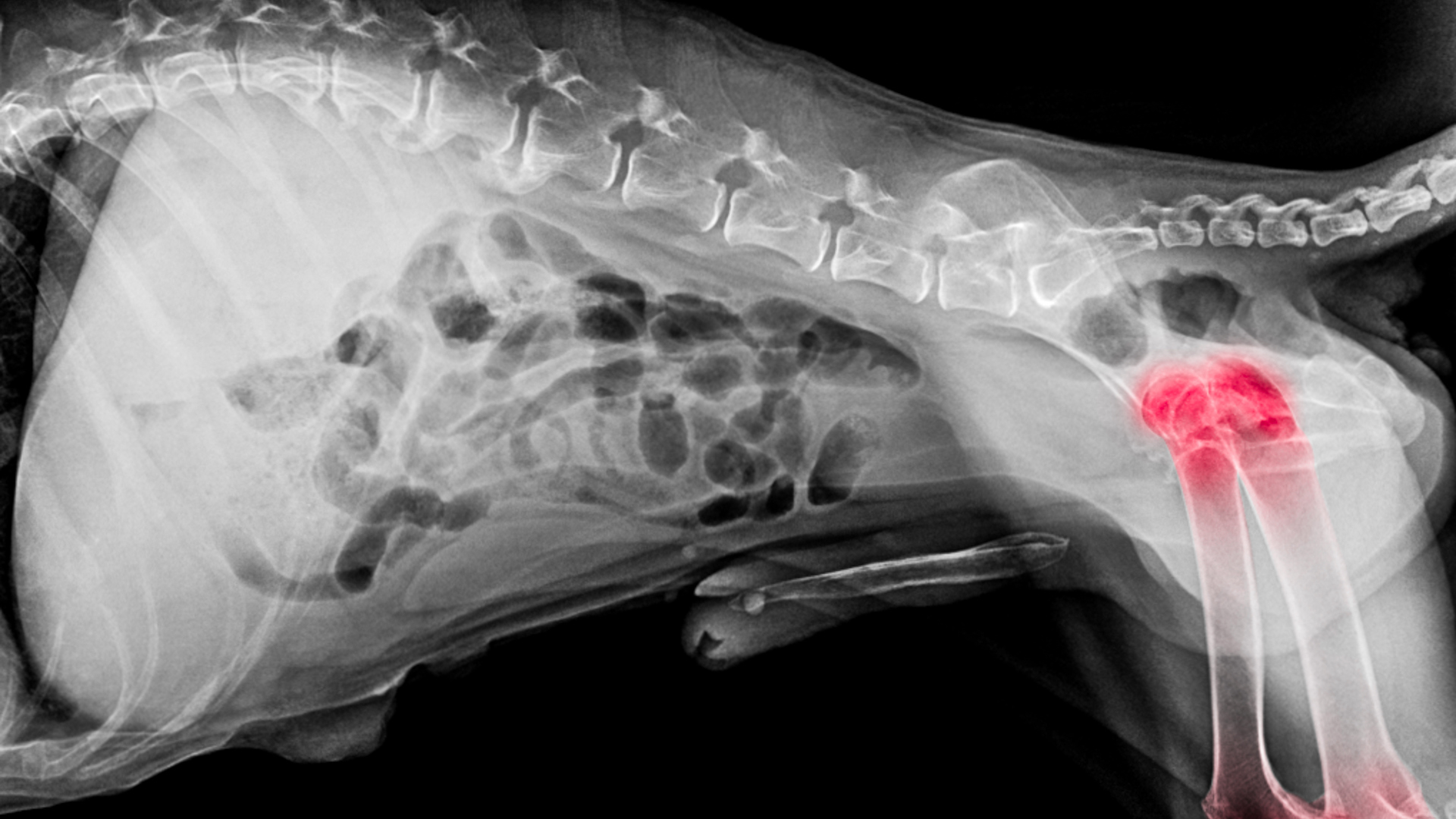
Hip dysplasia is the most common orthopedic condition in dogs, with some breeds predisposed. It is an inherited developmental disorder where the hip joint does not develop properly leading to instability and degeneration of the joint. Although it is genetic, it can be affected by factors such as diet, environment, exercise, growth rate, muscle mass, and hormones.
Medication, weight management, controlled exercise, and physio can help alleviate the pain.
Large and giant breeds are more commonly affected, including German Shepherds, Labrador Retrievers, golden retrievers and Rottweilers.
25. Lyme disease

Lyme disease is a tick-borne illness which can cause lameness, swollen lymph nodes, joint swelling, fatigue and inappetence. Kidney damage can also occur more rarely, but often with fatal consequences. Symptoms typically emerge two to five months after the infected tick bite.
The prevalence of Lyme disease in dogs can vary based on geographic location, environmental factors, and the abundance of the particular ticks (the deer or black-legged tick) that transmit the causative agent of Lyme disease, the bacterium borrelia burgdorferi. High-risk areas include wooded and grassy regions, where ticks thrive.
Always remove a tick from your pet. Vaccination may be recommended for those living in endemic areas, or there are effectively monthly or quarterly preventatives.
26. Lipomas

A lipoma is a benign fatty tumor that forms under the skin. They are more common in middle-aged to senior dogs and certain breeds, including the Labrador Retriever, Doberman Pinscher, and Weimaraner, seem to be predisposed, according to the Veterinary Ireland Journal.
They are harmless and not usually painful but can grow fairly large, especially if the dog is overweight. They can be removed, but as they have no impact on overall health, this is purely for cosmetic reasons.
27. Giardiasis

What we might term as “travelers’ diarrhea” in humans is a fairly common intestinal infection in dogs, caused by a microscopic parasite. Giardia can cause diarrhea, vomiting, weight loss, and lethargy, but some infected dogs show no symptoms.
It can be transmitted by eating or sniffing the parasite from contaminated ground or by drinking contaminated water.
It is rarely life-threatening unless the dog has compromised immunity.
28. Coccidiosis

Coccidiosis is a gastrointestinal infection caused by various species of microscopic protozoan parasites belonging to the genus coccidia. This condition is commonly seen in puppies and occasionally in immunocompromised dogs and is one of the most common internal parasites found in dogs, but usually causes only mild illness.
The parasites infect the intestinal lining, leading to symptoms such as diarrhea (which may contain blood), dehydration, lethargy, and weight loss. It is typically transmitted through the ingestion of infected dogs’ feces.
29. Epilepsy

Epilepsy in dogs is a neurological disorder characterized by recurrent seizures or convulsions. These seizures are caused by abnormal electrical activity in the brain, resulting in episodes of uncontrolled and involuntary movements, altered consciousness, or unusual behavior. It is estimated to affect approximately 0.75% of the canine population, which makes it the most common neurological disorder, according to the American Kennel Club Canine Health Foundation.
Epilepsy can be classified as primary (idiopathic), where the cause is unknown but likely genetic, or secondary, where an underlying condition such as brain injury, infection, or tumor triggers the seizures. Common breeds with a higher rate of epilepsy include beagles, Border Collies, Cocker Spaniels, and Siberian Huskies, among others, according to VCA Animal Hospitals.
Management typically involves anti-epileptic medications prescribed by a vet to control and reduce the frequency of seizures, and close monitoring of the dog’s overall health is essential for effective long-term care.
30. Cherry eye
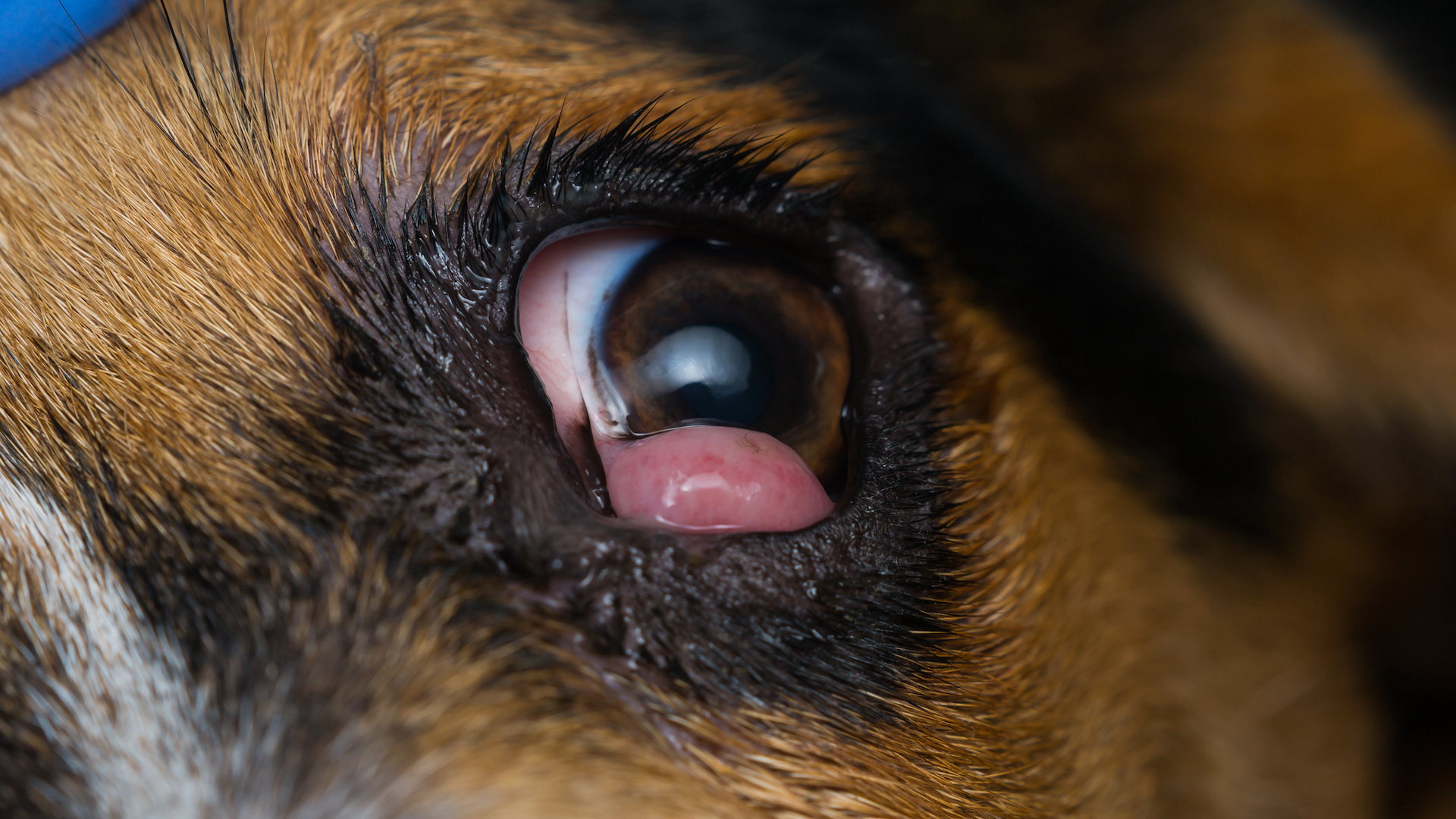
Cherry eye in dogs is a common condition inherited in certain breeds, where the gland of the third eyelid prolapses and becomes visible as a red or pink mass in the corner of the eye.
While the condition is not typically painful, it can lead to irritation, inflammation, and potential complications if left untreated. Treatment usually involves surgical repositioning of the prolapsed gland to its normal position.
Predisposed breeds include English Bulldogs, Cavalier King Charles Spaniels, pugs, and Boston Terriers.
31. Blocked anal glands

The anal glands are small structures located on either side of a dog’s anus. They produce a foul-smelling secretion during bowel movements. They should empty naturally during bowel movements, but if this doesn’t happen, they can overfill and block. Problems can arise when these glands become impacted, infected, or inflamed. At worst, the glands may rupture or grow abscesses.
If you notice a lot of scooting, excessive licking of the anal area, discomfort while pooping, or a bad odor, you should consult your vet. They may manually express the glands, or even advise surgery.
32. Pneumonia
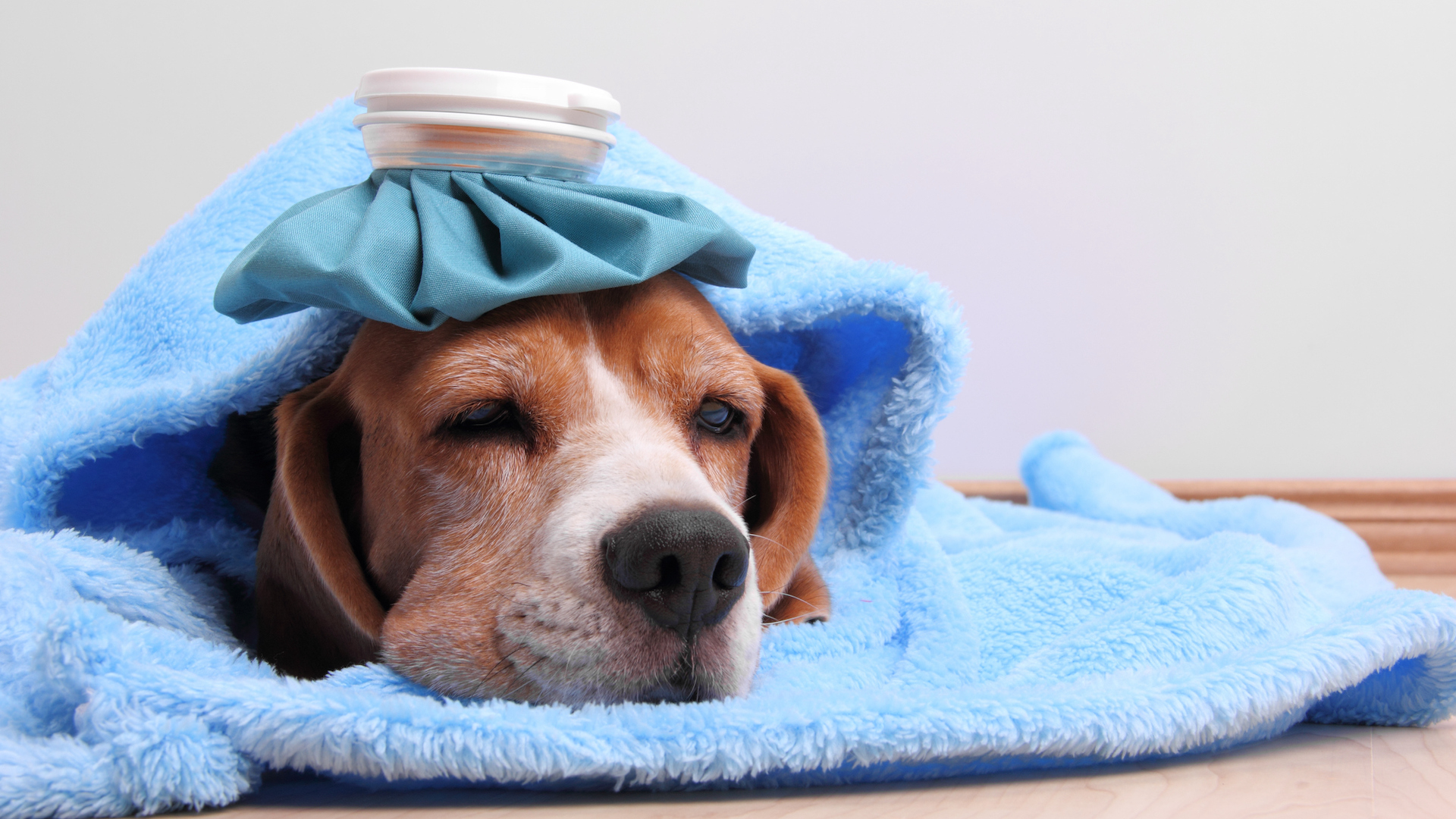
Pneumonia in dogs is a respiratory condition characterized by inflammation and infection of the lungs, often resulting from bacteria, viruses, fungi, or breathing in foreign substances.
Symptoms include coughing, difficulty breathing, rapid or shallow breaths, lethargy, fever, and nasal discharge.
Pneumonia can be a primary condition or secondary to other respiratory issues, and it may range in severity from mild to life-threatening. Prompt veterinary attention is essential for diagnosis through physical examination, chest X-rays, and, if necessary, laboratory tests.
Martha is an experienced journalist working in both print and digital media. She specializes in the canine, equine and rural sphere where she has covered a wide range of topics from cloning animals and the ingredients for a perfect yard dog, to helping owners find the best canine GPS trackers on the market. When she’s not busy writing about dogs and horses, she’ll be found either aboard a horse or looking after the menagerie of pets in her care.
